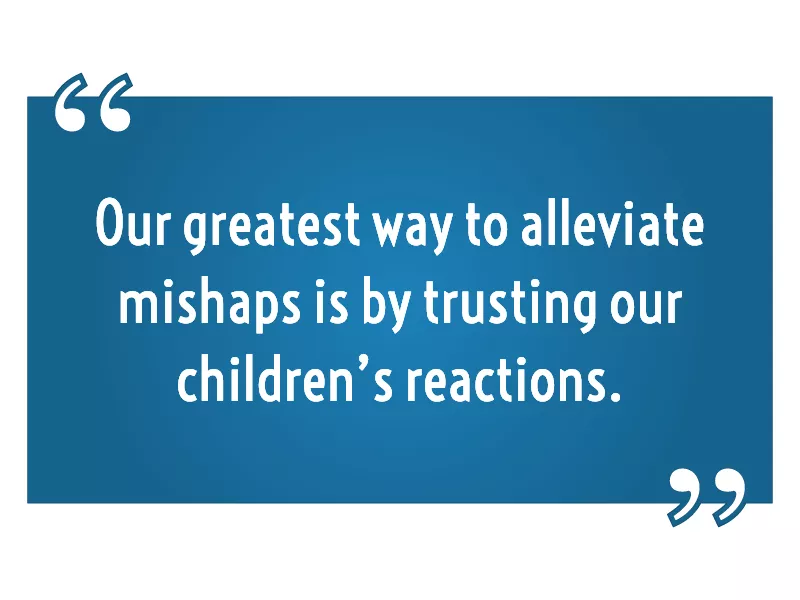One of the hardest parts about being a parent is having to decide when and how to trust your child’s well-being with or around strangers. That babysitter from down the street. That Santa at the mall. That flight attendant that is oh-so-helpful.
Through this process, there are also learning patterns that we have to teach our children in order to ensure their safety as well as for them to understand what it means to be safe in the first place. However, there has been a wider debate as to whether there’s more harm in teaching “stranger danger” rather than letting a child learn to know for themselves when they’re in danger, even in the presence of someone they know.
The Office of Juvenile Justice and Delinquency Prevention reports that “stereotypical” kidnappings only happen to an estimated 105 children each year. That means the likelihood of a child being abducted or molested by a stranger is extremely rare.
In fact, it’s more typical for these crimes to occur with a person known as “safe” or “familiar” to the child and their parents. While this is scary to admit, you don’t need to terrify your kids. We’ve got you covered on how to prepare your child for dealing with a stranger — good or bad.
Off Limits

FamilyMinded
Children are often taught that they must listen and obey adults, which can cause turmoil in instances that the adult is asking or demanding something dangerous to their health, well-being, and overall safety.
Furthermore, it’s great to inform your children that there are certain body parts others are not allowed to touch. In addition to the body, letting them know places they are not allowed to go or people that they are not allowed to be around without their parents presence or permission is also a constructive tool in side-stepping potential harms.
In the end, we must also do the work in using our best judgement and perceptive devices when having to put our children in someone else’s care — even for a moment. Our greatest way to alleviate mishaps is by trusting our children’s reactions, as well as our own instincts. The more tools we are equipped with as parents, the more we can further instruct and guide our children to have keen insight into the world around them.